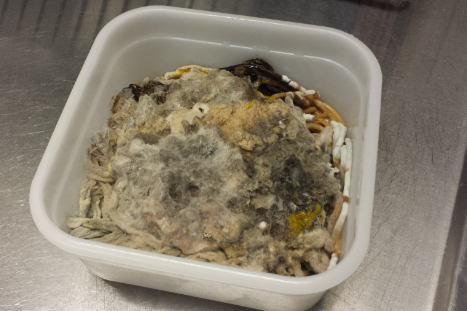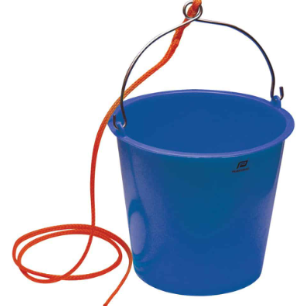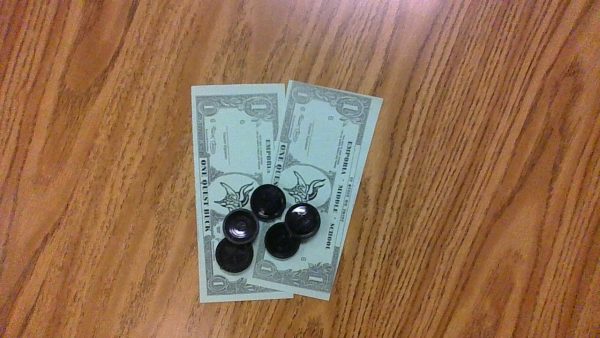5 Proven Discipline Tips For Children

A screaming child.
May 15, 2019
“Discipline is helping a child solve a problem. Punishment is making a child suffer for having a problem. To raise problems solvers, focus on solutions, not retribution.” -L.R. Knost. I chose this quote because it talks about the difference between discipline and punishment. You need to teach a child the difference between what is right and what is wrong, not just punish them for doing something wrong.
#1 Offer Choices
When you offer children choices instead of commands, they can’t use the word “no” as a response. The choice empowers the kid. The key is to give them only two acceptable choices; make sure you are okay with both choices. The choices don’t have to be complicated, just asking how they want to do something can be effective. For example, if you are running late, don’t say, “Move it!! We are late!!” a simple and gentle, “Do you want to put on your jacket or shoes first?” will get them moving. When your child is getting in the tub, ask if they want bubbles or squirt toys. That way, the only option is to get into the bath, but they get to decide what they want in the bath.
#2 Use the Word “No” Sparingly
If you use the word “no” sparingly, your kids will be more likely to pay attention when you do say “no”. Whenever possible make a conscious effort to use positive wording to stop unwanted behavior. When your child’s behavior isn’t dangerous, phrase your command in positive words. Instead of saying, “No! Don’t take your shoes off in the car!”, try saying, “Leave them on until we get home, and then you can run around without them.” Save “no” for dangerous situations, if they are reaching for the oven door, quickly say “No!” in a stern voice. With younger kids, childproofing, like placing all dangerous or breakable items out of reach, reduces stress for parents and children. Your child won’t have to hear “no” all the time, and you will have more peace of mind knowing that they aren’t getting into things they shouldn’t.
#3 Ignore Bad Behavior
You’ve got to pick and choose your battles. While this is not one of the positive discipline techniques to use too often, it works great for minor problems. Sometimes, children seek negative attention. By ignoring the bad behavior, you take away the fun of it and reduce the likelihood that your child will engage in negative behavior in the future. If your child is safe and happy, and you aren’t concerned about the object, just move the object out of reach later. Parents aren’t policemen and acting like one can be draining. Give yourself and your kids a break. Kids will be kids, and honestly, don’t we all need some breathing time?
#4 Praise Good Behavior
Sometimes, children act out because they lack communication skills and it’s a definite way to get your attention. You should always let your child know you’re pleased whenever they do something that you like or whenever they remember to follow one of your rules. By doing this, you will teach your child that good behavior will also get them the attention they crave from you, and they might just keep it up.
#5 Be Consistent
Make sure you are consistent in your discipline. Your child needs to know what is and what isn’t acceptable. If they’re not getting a consistent message, they will not know how to behave. If you can, try to keep the same schedule every day. That means having regular nap times, mealtimes, bedtimes, as well as times when your child is free to have fun. Children thrive on routine. If they know what’s coming, they are less likely to act out. You might think that letting your crying child have a cookie before dinner is harmless if it is just once. But, giving in to your kid’s demands encourages them to throw a fit next time they aren’t getting their way.
In conclusion, you need to offer choices, use the word “no” sparingly, ignore bad behavior, praise good behavior, and be consistent. Fight the urge to yell at your child when they act up, your tone will make them either upset or curious. Here is a video on how to discipline children of different ages. Remember, if you are not getting the kind of behavior you want from your kids, try something different.
















